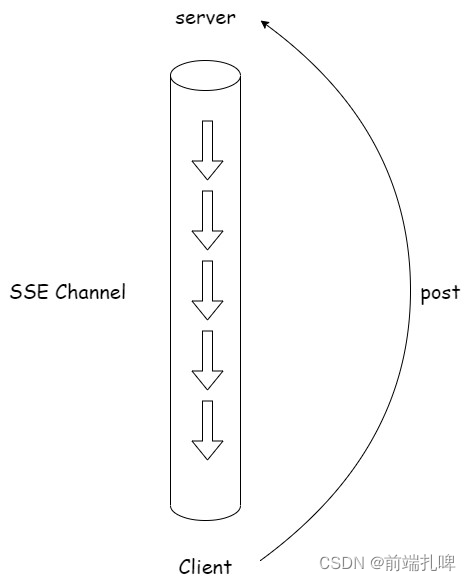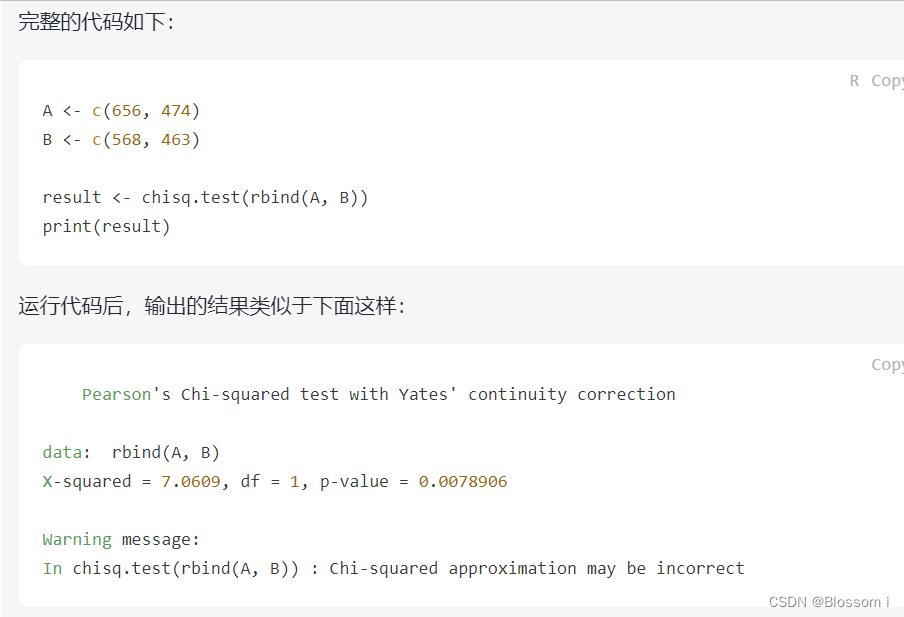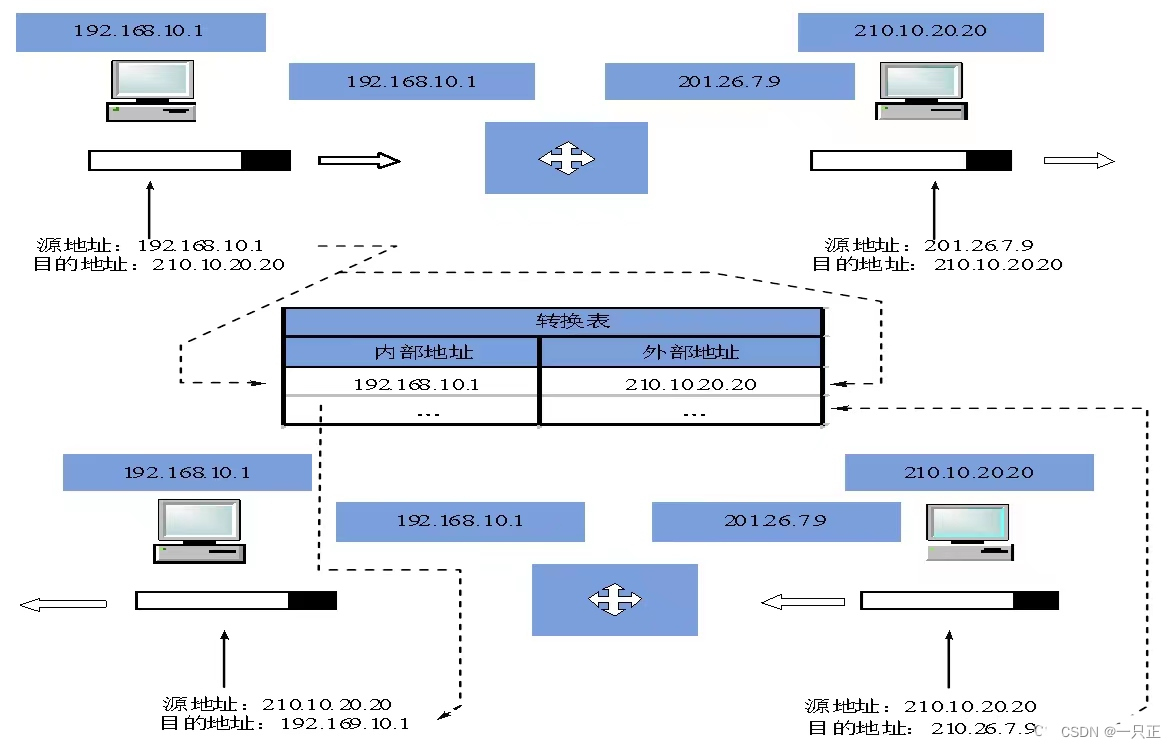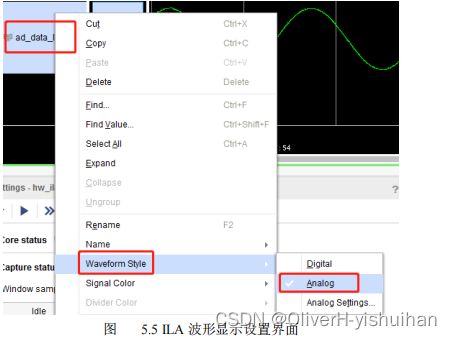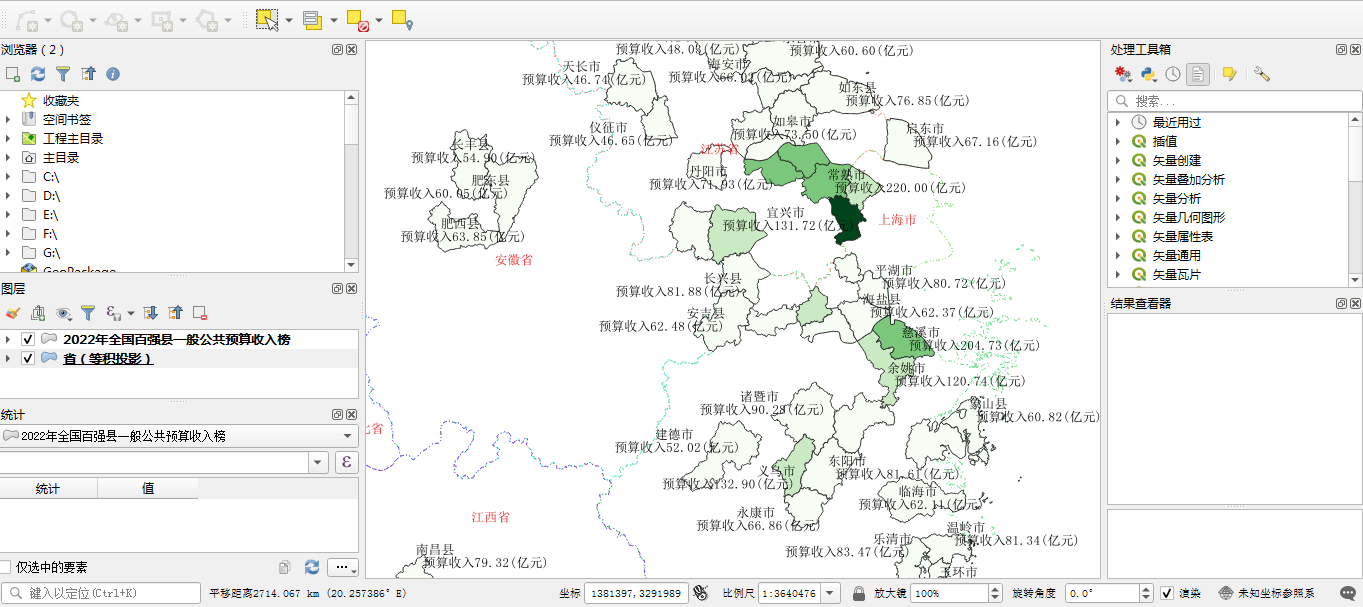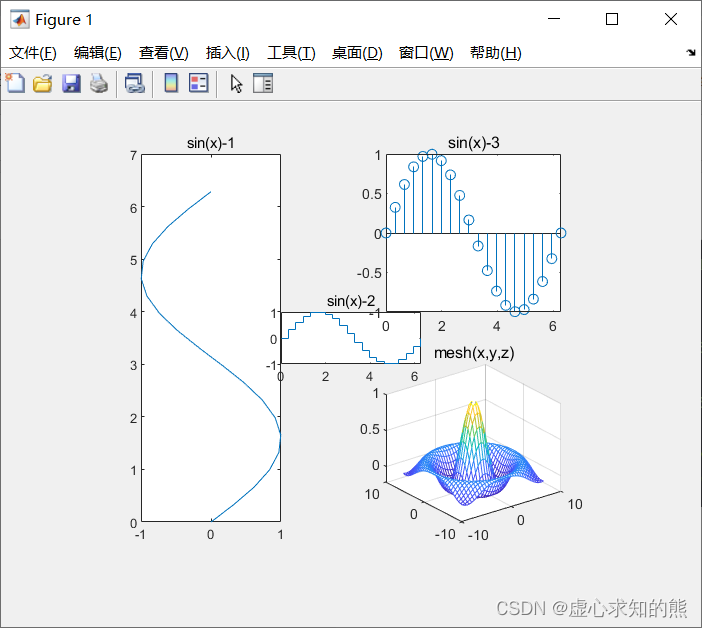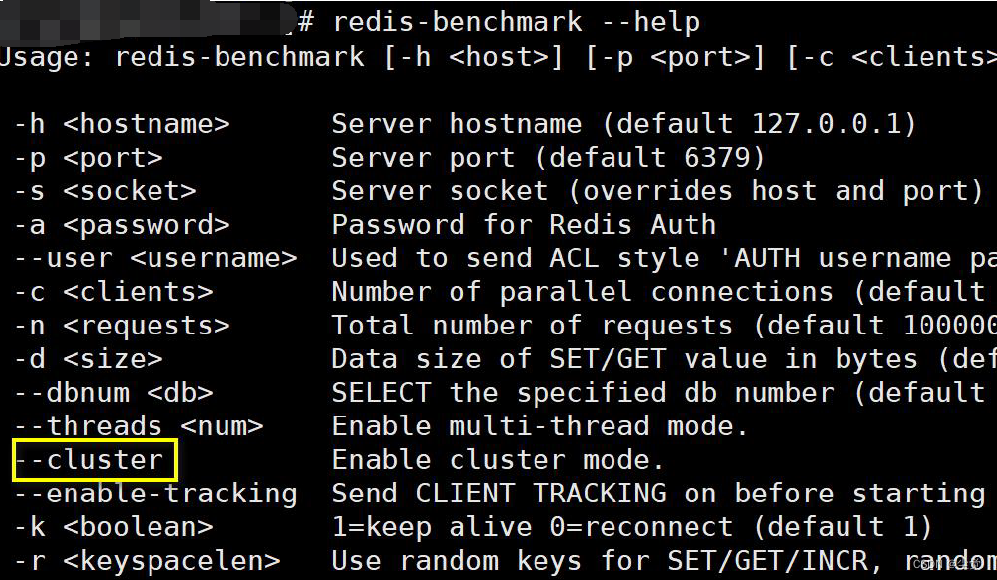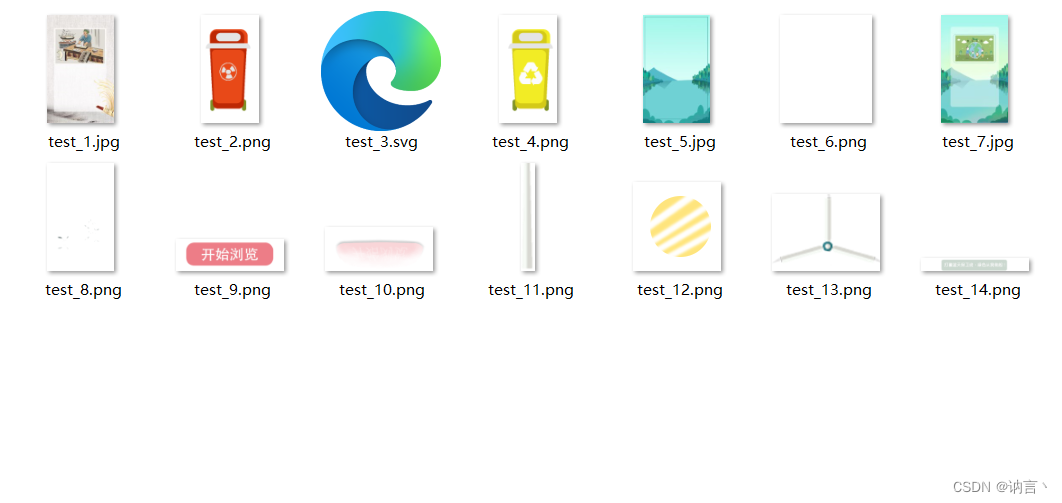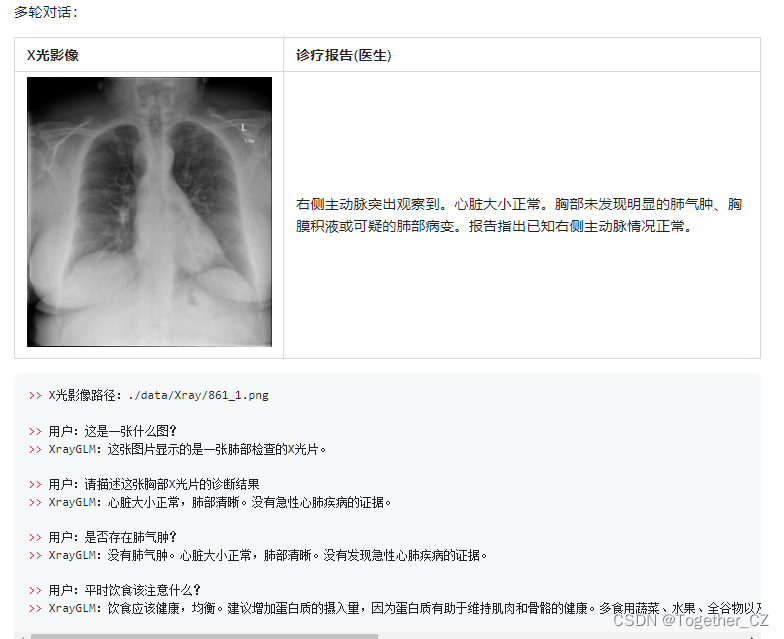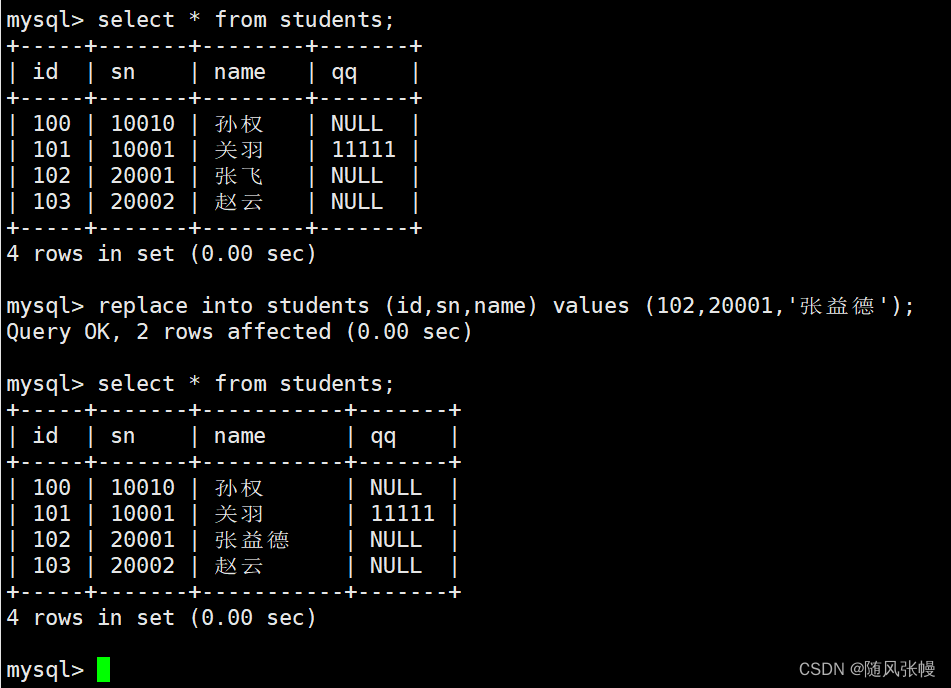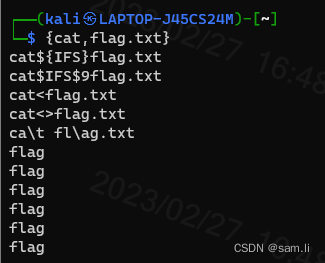theme: cyanosis
一、 重新审视 switch 关键字
众所周知, switch 关键字用于流程控制: 可以基于一个对象进行匹配,并通过 case 关键字产生分支语句,进行不同的逻辑处理。其中有一个非常值得注意,使用者很容易忽略的一点:
Dart3.0 之前: 分支中的 case 关键字后的对象必须是
常量。
1. Dart 3.0 之前的 switch 关键字
在日常开发中,switch 匹配的对象,一般是 int/double/String/enum。 比如下面的 foo1 方法中,对 int 型的变量通过 switch 进行匹配,根据 case 情况,进行不同对应的逻辑处理:
dart void foo1(int value) { switch (value) { case 0: print("=====零====="); break; case 1: print("=====壹====="); break; default: print("=====無====="); } }
在 Dart3.0 之前,case 后就可以放置任何类型的 常量 ,比如下面定义的 Number 类型。只不过这种写法并不是很常用,Dart 3.0 之前的 switch 语法点也就止步于此:
```dart void foo2(Number value) { // switch 在 Dart 3.0.0 之前就一直可以匹配任何对象 switch (value) { case const Number(0): print("=====零====="); break; case const Number(1): print("=====壹====="); break; default: print("=====無====="); } }
class Number { final int value;
const Number(this.value); } ```
2. Dart 3.0 之后的 switch 关键字
在 Dart 3.0 之后引入了模式匹配 Patterns ,而本质上来说 switch 关键字的作用就是在进行匹配校验。所以 Patterns 的引入,极大加强了 switch 的语法特性。下面通过一个小例子体会一下:
比如今天是 2023 年 6 月 9 日,现在想要拓展一下 DateTime 类型,给一个 describe 方法用于输出 DateTime 对象和今天的天数差值情况。比如 6 月 12 日输出 3 天后 ; 6 月 8 号输出 昨天:
```dart void main() { DateTime(2023, 6, 5).describe(); DateTime(2023, 6, 8).describe(); DateTime(2023, 6, 9).describe(); DateTime(2023, 6, 12).describe(); }
--->[日志输出]---- 2023/6/5 是 4 天前 2023/6/8 是 昨天 2023/6/9 是 今天 2023/6/12 是 3 天后 ```
如下所示,对 DateTime 类进行拓展,添加了一个 describe 方法,用于处理输出逻辑。其中用到了 switch + 模式匹配的特性:
dart extension DescribeDate on DateTime { void describe() { DateTime now = DateTime.now(); Duration diff = this.difference(DateTime(now.year, now.month, now.day)); String result = switch (diff) { Duration(inDays: -1 ) => '昨天', Duration(inDays: 0 ) => '今天', Duration(inDays: 1 ) => '明天', Duration(inDays: int d) => d < 0 ? '${d.abs()} 天前' : '$d 天后', }; print("$year/$month/$day 是 $result"); } }
一个很明显的特征是: switch 关键字的分支语句可以作为返回值。而且分支由 模式匹配 Patterns 进行创建,还不了解 Patterns 的朋友,可以转到上一篇 《 Dart 3.0 语法新特性 | 模式匹配 Patterns》 。 下面红框中的 => 左侧的部分是对普通对象的模式匹配,其中 inDays 是 Duration 的 get 方法,所以支持对 inDays 名称的模式匹配:

二、从 switch 来看 Patterns 的种类
在上一篇,我们了解了支持 Patterns 模式匹配的几种类型 (Type)。 但模式匹配并不仅止于此,下面将通过 switch 语句来看一下其他的 Patterns 的种类:

1. 常量与解构变量
在本篇一开始时就介绍了 switch 的分支语句是对 常量 的匹配, 既然可以被 switch 匹配,就可以视为 Patterns 模式, 这就不过多赘述了。
如下所示, foo2 中传入一个 dynamic 类型的值,在 switch 中可以进行匹配:在 case 中解构 value 值,这样就可以根据变量类型匹配,进入不同的分支进行处理:
```dart void main(){ foo2((1,1)); // 打印 int+int foo2((1,"hello")); // 打印 int+String foo2(5); // 打印 default }
// 变量 Patterns void foo2(dynamic value){ switch (value) { case (int a, String b): print("int+String"); break; case (int a, int b): print("int+int"); break; default: print("default"); } } ```
2. 符号与关键字的 Patterns 模式匹配
除了类型之外,符号和某些关键字也可以对若干个子模式进行连接,形成新的 Patterns 模式。 这很像正则表达式,若干个子正则可以通过符号连接成新正则。 连接符包括:
逻辑运算符: 或 || 、 与 &&
dart int age = 12; var isAllow = switch (age) { 16 || 17 || 18 => true, _ => false, };
关系运算符: > 、>= 、< 、<= 、 == 、!=
```dart int score = 69; var info = switch (score) {
=40 && < 60 => 'D', == 100 => 'A+', = 90 && < 100 => 'A', = 80 && < 90 => 'B', = 70 && < 80 => 'C', _ => 'E', }; ```
注: _ 可以表示其他未匹配的情况,相当于 default 分支的作用。
强制类型转换
as、object?、object!
这三者简单了解一下,也可以作为 Patterns 加入匹配规则体系:
```dart (num, Object) record = (1, 's'); var (i as int, s as String) = record; print("========($i,$s)=========");
switch (value) { case var s?: print('s 非空类型:$s'); default: print('default'); }
(int?, int?) position = (2, 3); var (x!, y!) = position; print("========($x,$y)========="); ```
三、从 switch 和 Patterns 为我们带来了什么
可能很多人看着 Patterns 匹配感觉很迷茫,这是什么玩意,感觉花里胡哨,感觉挺厉害又没什么大用的样子。这可能是你并没有明白 Patterns 是干什么用的,简单来说 Patterns 是定义了一套语法级的匹配规则。
下面拿出介绍密封类时的那个小案例,理解一些: 登陆界面的认证状态 AuthState,有如下三种子状态
- 认证中 AuthLoading
- 认证成功 AuthSuccess
- 认证失败 AuthFailure
```dart sealed class AuthState{} //创建密封类
class AuthLoading extends AuthState{}
class AuthSuccess extends AuthState{ final String user; final String token;
AuthSuccess(this.user, this.token); }
class AuthFailure extends AuthState{ final String error; AuthFailure(this.error); } ```
如下是基于 AuthState 对象构建界面的逻辑:其中使用了 switch 进行匹配,并将其作为返回值;每个分支的左侧是 Patterns ,当 state 对象匹配时进入对应分支返回结果。
注意: 这里的 AuthLoading() 并不是构造对象,而是一般类型的 Patterns 语法。匹配到对应类型,就可以访问对应子类型的数据。
dart String buildByAuthState(AuthState state){ return switch(state){ AuthLoading()=> 'AuthLoading View', AuthSuccess()=> 'AuthSuccess View:${state.user}', AuthFailure()=> 'AuthFailure View:${state.error}', }; }
如下也可以通过 变量 Patterns 进行匹配:
dart String buildByAuthState3(AuthState state){ return switch(state){ AuthLoading loading => 'AuthLoading View', AuthSuccess success => 'AuthSuccess View:${success.user}', AuthFailure fail => 'AuthFailure View:${fail.error}', }; }
或者将变量通过 _ 进行匿名处理:
dart String buildByAuthState1(AuthState state){ return switch(state){ AuthLoading _ => 'AuthLoading View', AuthSuccess _ => 'AuthSuccess View:${state.user}', AuthFailure _ => 'AuthFailure View:${state.error}', }; }
就像不同的正则表达式,可以完成相同的匹配目的。合理地运用匹配规则,可以方便我们便捷地处理逻辑。否则上面的代码逻辑就需要用 if 分支语句处理,会增加很多无意义的代码。所以面对一个新事物,应该去思考它存在的必要性,是为了解决什么问题而出现的,而不是拘泥于语法点,而死记硬背。

Dart 3.0 的新语法点就介绍差不多了,这里整理一下相关文章。那本文就到这了。谢谢观看~
- 《Dart 3.0 语法新特性 | Records 记录类型 (元组)》
- 《Dart 3.0 语法新特性 | 类型修饰符 Class modifiers》
- 《Dart 3.0 语法新特性 | 模式匹配 Patterns》
- 《Dart 3.0 语法新特性 | switch 匹配加强》 本文

